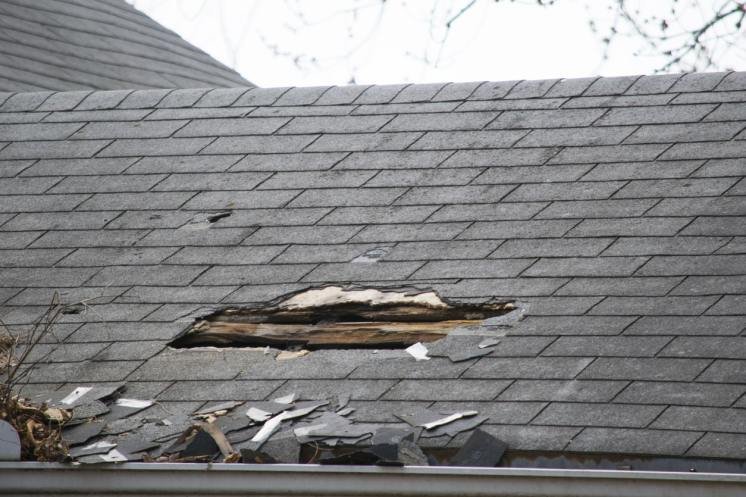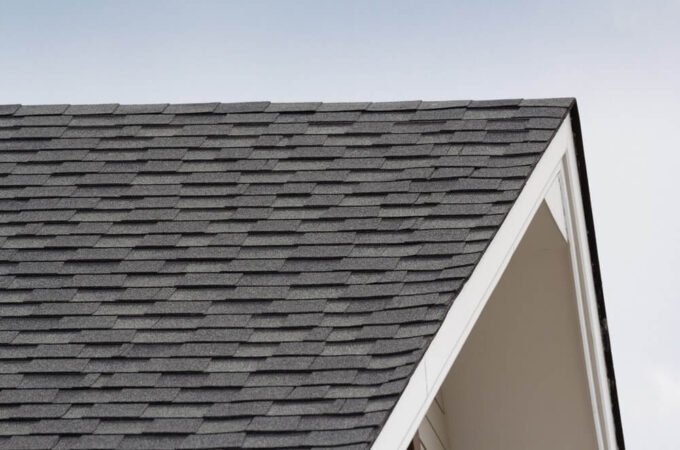
Top 10 Signs of Damaged Roof – When Is It Time to Repair
Homeowners need to know how to take care of their roofs. Failing to do so can lead to serious damages, which can cost you money and time to repair. Mostly, a damaged roof makes your home susceptible to water damages, as well as mold infestation.
However, ignoring the signs that your roof needs repair can cost you a fortune. That’s why you need to remain aware of the potential signs of roof damage if you want to keep your roof in good condition. The following are a few tips to assist you in identifying a damaged roof.
Table of Contents
ToggleVisible Signs of Roof Damage
First of all, never get over-excited about checking the exterior of your roof if you don’t have the right equipment. Roof falls are dangerous—they can cause permanent injuries or even death. A recent study revealed that roof accidents are second when it comes to causes of death in the construction industry.
Therefore, you should never try to walk on your roof unless you have the right training and safety gear. However, you can still take a look at your roof, but only if you have a safe and reliable ladder. The following are the most visible signs that you should look out for:
- Missing or damaged shingles – if you notice that tiles or shingles are cracked, peeling, broken, damaged, or missing, contact a professional roofing contractor immediately.
- Rot or decay – also, check whether your roof has any signs of rot or decay. Mildew, fungus, and mold can make your roof’s protective exterior layer to deteriorate. This can make it more susceptible to external elements.
- Damaged flashing or chimney – you should never take a damaged chimney lightly. If your chimney has broken or cracked bricks, it risks collapsing on your roof—and this can cause significant damage. Moreover, it poses a danger to the occupants of your home. If the flashing is damaged or cracked, it allows moisture to get in. This moisture can expand and contract, depending on the temperature, which makes the problem worse. Mostly, the temperature changes are caused by weather, as well as regular users of the fireplace.
- Debris – if you notice any pieces of chimney flashing or roofing material on your gutter or lawn, your roof needs professional attention.
Signs of moisture in certain areas
Leaks are not that obvious. At times, they can be tiny drops that get absorbed into the boxes you’ve stored in your attic or trapped in the roofing insulation. You should never ignore this sign. While they might appear insignificant, these leaks can damage anything that they come across. Moreover, they increase the moisture content in your home—making it the perfect breeding ground for mold and mildew. This, in turn, poses a bigger threat to your entire home.
Therefore, always make sure that you check for wet spots or puddles during and after a rainstorm. Check to see whether there are any signs of moisture around your home. Furthermore, you should regularly inspect your home for mold and mildew. If you see paint that is peeling, it’s an indication of excess moisture. Therefore, you should contact a professional roofer to inspect your roof for signs of leaks if you notice these signs.
Spiking energy bills
Water isn’t the only thing that trickles through the openings in your roof. Heat and air can leak through these openings as well. When heated or cooled air leaks, your HVAC system will work harder to keep the temperatures inside your home optimal.
In case you notice that your energy bills keep on spiking each month, your roof might be the culprit. However, you should never downplay the other factors that can cause the conditioned air to leak. You should check your roof if you notice that you are losing conditioned air, despite keeping your doors and windows well insulated. One way to see if your roof has openings is during a sunny day—check to see whether there are any rays of sun streaming through the roof.
A sagging roof
There several reasons that can make your roof sag. For instance, if your roof is old or weak, it can start to fall apart, and it can end up getting a sagging appearance. Sagging roofs are common in areas with extreme winter—thanks to the weight of snow.
However, if your roof is still new, signs of sagging can be a result of improper installation. But, you should always let a professional inspect your sagging roof. According to roofing contractors in Chicago, sagging roofs are very dangerous—they have high chances or caving in. This can not only cause additional damage to your property, but it also poses a serious risk to your family.
Dark spots on your roof
Dirty or dark patches on your roof mostly happen if your roof has damp shingles or has started to disintegrate. Moreover, these spots can be as a result of mold growing on top of the roof, or beneath the shingles. Either way, you should order an immediate roof inspection if you notice such spots.
Signs of sand or granules in your driveway
At times you will see signs of sand or granules in your driveway, or gutters. Damaged or old roof shingles tend to lose the granule layer that assists in protecting your home. You will most likely realize that these granules wash into your gutters, driveway, or yard after a rainstorm.
Consider contacting a roofing professional immediately when you spot these granules. When these granules are all washed away, your roof won’t provide the needed protection to your home.
Loose or exposed nails
You can easily repair loose or exposed nails on your roof so long as you have the right tools. However, such nails are also an indication of potential water damage. In case a nail comes out of place or becomes loose, the hole that the nail occupies can provide a way for water to seep through your roof. This, in turn, can make your roof start leaking. However, it’s possible to repair these nails—but if you spot them early.
Brittle or curling shingles
Roof shingles with curling edges or edges that bulge at the center are an indication of aging or weathering roof. Such shingles can make your roof leak in the event of a rainstorm. Moreover, if you notice that your shingles are frail, and break when you touch then, there is a possibility that they’ve served their purpose, and you need to replace the entire roof. Such shingles are vulnerable to damage, especially if the weather conditions are extreme.
Staining on the interior walls and ceiling
Several things cause discoloration or water stains on ceilings or walls. However, the underlayment of your roof might be the main cause of this—especially if it allows moisture to seep into your home. Consider having a roofing expert inspect your roof if you notice this issue.
Your roof is old
The average lifespan of a roof is between 20 and 25 years. Therefore, you should let a professional roofer check your roof to ascertain if the roof is in good condition. At times, your roof will look OK, even if it’s served its lifetime. However, you must note that it’s hard to notice certain things, especially if you don’t have any roofing experience. So, most of these problems can only be identified by a professional. Though, you need to plan how to replace your roof if it’s more than 20 years old.





